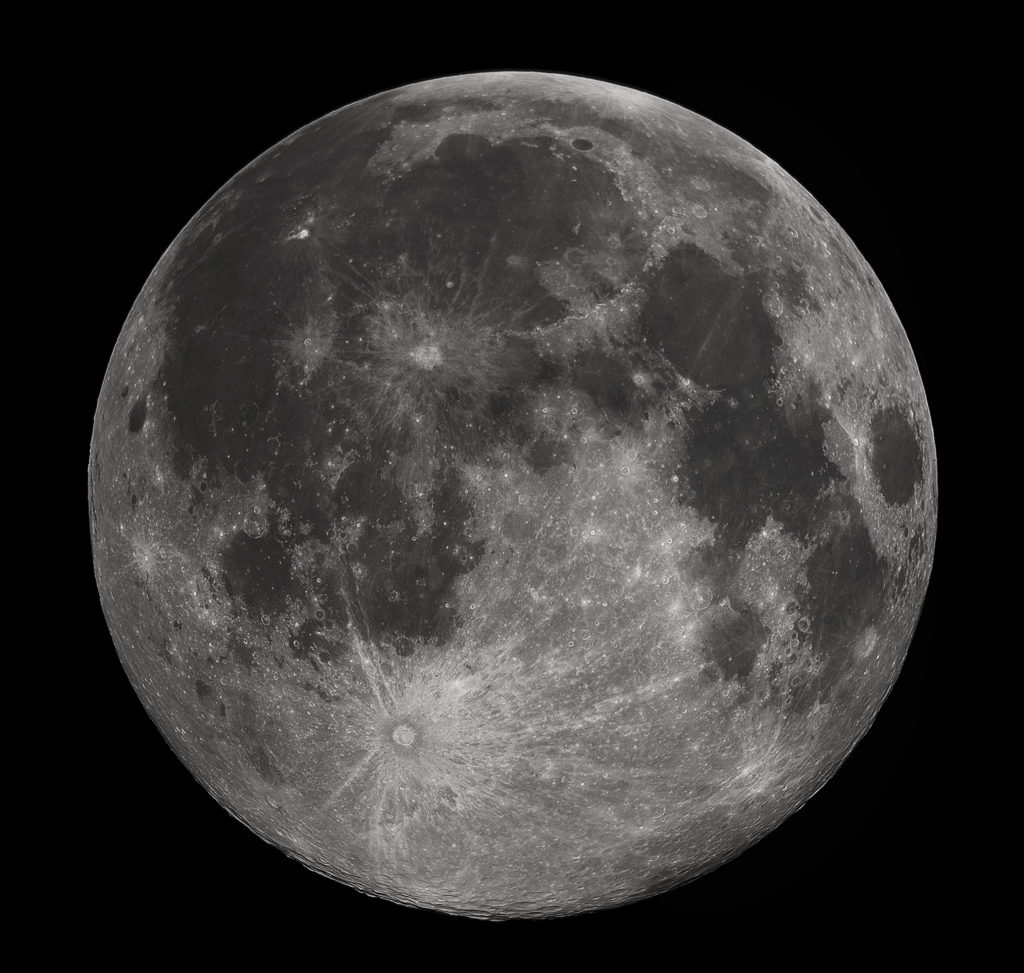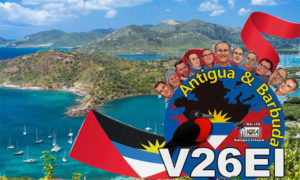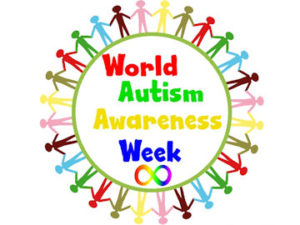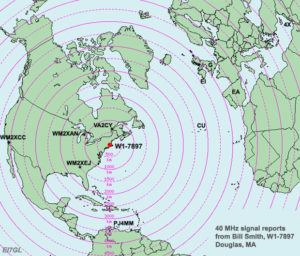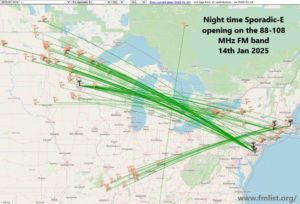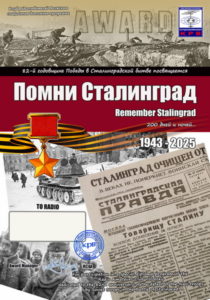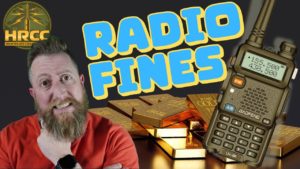Luna Amateur Radio Transponder: A Communications Platform on the Large European Lander to support communication and payload experiments
Please define the landing site target location(s).
No constraints, just a good line of sight to earth for direct Earth-Moon-Earth communication.
Please define the duration of the mission in months.
Please clarify how your idea fits within the ESA exploration programme (i.e. ESA Strategy for Science at the Moon, ESA Space Resources Strategy and/or overall European Exploration Envelope Programme (E3P) planning).
- Public and Educational outreach (ESERO and STEM)
- Backup or Secondary Communications Link
- Easy access for secondary Student/University payloads not interfering with ESA infrastructure
- Radio Science by a worldwide community
Please define what services would be expected from the lander for your payload (e.g. instrument deployment, night survival, etc.). Where known, please provide brief payload description and estimate of interfaces to the lander (e.g. mass, volume, power, communications/data, etc).
Night Survival
- Thermal control to ensure temperature not below -10°C.
- Power down/sleep mode would be possible
Power
- Bus Voltage: 12..48V unregulated (tbd) or regulated, switchable
- Power: ~100W
- Control Output: Normal / Sleep mode / (Power Off)
Antennas
- S-Band Uplink (2.4 GHz, amateur satellite band)
- X/Ka-Band Downlink (10.5 GHz, amateur satellite band)
- Coarse alignment to the earth, Hi-Gain and Low-Gain
- VHF/UHF (145MHz/435 MHz, amateur satellite band, Omni, optional)
- Wideband low gain antenna e.g. Vivaldi for various beacon signals
Communications (lander internal)
- Data Bus (tbd) for other secondary (student and University) payloads
- Backup interface for lander TTC/TM communication for emergency or uncritical phases of the mission.
See More:LINK
If you have found a spelling error, please, notify us by selecting that text and pressing Ctrl+Enter.
